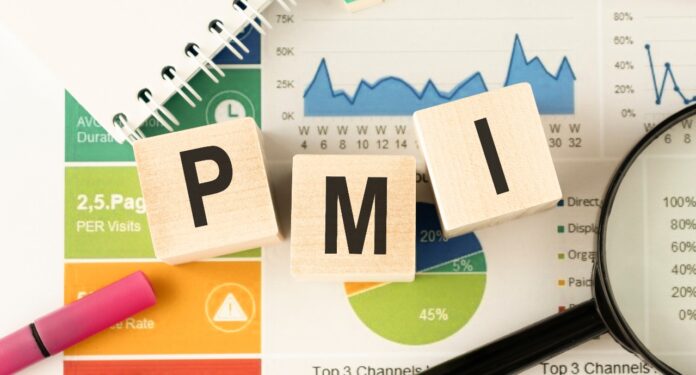According to a monthly poll released on Thursday, India’s services sector activity moderated further in January as new business increased at a substantially slower rate amid the pandemic’s escalation, the reinstatement of restrictions, and inflationary pressures.
The seasonally adjusted India Services Business Activity Index dropped to 51.5 in January from 55.5 in December, indicating the worst growth rate in the current six-month period.
The services sector saw an increase in output for the sixth month in a row. A Purchasing Managers’ Index (PMI) score of greater than 50 implies expansion, while a score of less than 50 suggests contraction.
Demand was stifled, according to survey participants, by the rapid spread of the Omicron variation and the restoration of curfews in some parts of the country.
Companies became increasingly concerned that the pandemic’s severity, the reinstatement of regulations, and inflationary pressures would stifle growth. Although the business mood remained upbeat, it fell to a six-month low.
Jobs in the service industry fell for the second month in a row in January, owing to lower output requirements among some enterprises and pessimism about the future.
Meanwhile, the Composite PMI Output Index declined from 56.4 in December to 53.0 in January, indicating the slowest rate of increase in the current six-month period. Services activity and manufacturing output grew at a slower pace.
Private-sector employment fell for the second month in a row in January, according to the figures. Despite being modest, the rate of employment losses has increased since December, according to the poll.
In terms of prices, the January statistics showed a greater increase in service provider expenses, with the overall rate of inflation reaching its highest level since December 2011. Food, fuel, material, staff, and transportation costs were all reported to be higher by survey participants.
“Input prices increased at the fastest rate in almost a decade, according to the latest PMI results. Charges increased at a quicker rate as some businesses continued to pass on additional costs to customers, but the rate of inflation remained mild since the great majority of enterprises examined maintained their prices since December “Lima, IHS Markit’s Economics Associate Director, explained.
Meanwhile, the Reserve Bank of India’s (RBI) monetary policy council is expected to declare its policy on February 9.
During her Budget statement on February 1, Union Finance Minister Nirmala Sitharaman said that the government will borrow roughly Rs 11.6 lakh crore from the market in 2022-23 to cover its spending needs.
According to Sitharaman, the country’s fiscal deficit is expected to rise to 6.9% this fiscal year, up from 6.8% previously forecast.
In the current fiscal year, India’s economy is expected to grow by 9.2%, then drop to 8-8.5 percent in 2022-23. (April 2022 to March 2023). In the fiscal year that ended March 31, 2021, it shrank by 6.6%.
Follow and connect with us on Facebook, LinkedIn & Twitter

